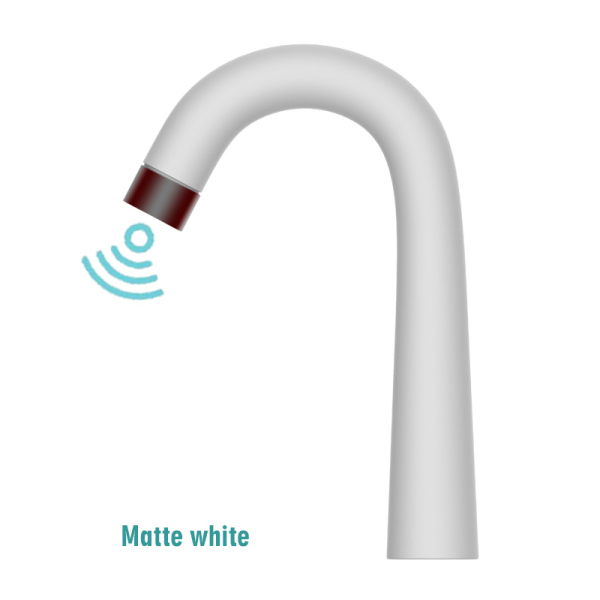When it comes to outfitting a hospital with the right equipment, the selection of faucets might not be the first consideration that comes to mind. However, choosing the right faucet for a hospital is a critical decision that directly impacts both patient care and overall hygiene. In this guide, we will delve into the key factors to consider when selecting faucets for hospital settings and explore the implications of making the right choice.

The Importance of Selecting the Right Faucet
The choice of faucets in a hospital setting goes beyond mere aesthetics. It is an integral part of infection control and patient safety. Hospitals are high-risk environments for the spread of infections, and proper hand hygiene is a fundamental measure in preventing the transmission of diseases. Therefore, selecting the right faucet is not just about functionality; it's about safeguarding the health of both patients and healthcare professionals.
Factors to Consider
Material and Durability: Hospitals require faucets made from materials that are durable, corrosion-resistant, and easy to clean. Stainless steel is often the preferred choice due to its longevity and resistance to bacterial growth.
Sensor Technology: Touchless or sensor-activated faucets have become increasingly popular in healthcare settings. These faucets minimize contact with potentially contaminated surfaces, reducing the risk of cross-contamination.
Water Conservation: While maintaining hygiene is paramount, hospitals also need to consider water conservation. Faucets with built-in water-saving features help strike a balance between infection control and environmental responsibility.
Choosing the Right Faucet: A Thoughtful Process
The process of selecting the right faucet for a hospital involves a thorough analysis of the unique needs and challenges of healthcare environments. It starts with a comprehensive assessment of the hospital's specific requirements, considering factors such as patient demographics, the intensity of use, and the types of medical procedures performed.
Moreover, consultation with infection control specialists and facility managers is crucial in understanding the specific risks and protocols associated with the hospital. The goal is to align the choice of faucets with the broader infection control strategy of the healthcare facility.
Implications and Impact
The implications of choosing the right faucet extend beyond the immediate benefits of infection control. A well-thought-out selection contributes to a safer healthcare environment, enhances the overall patient experience, and supports the efficiency of healthcare professionals. Additionally, it demonstrates a commitment to the well-being of both patients and staff, instilling confidence in the quality of care provided.
In conclusion, while the choice of faucets for hospitals may seem like a minor detail, its significance cannot be overstated. It is a decision that requires careful consideration of various factors to ensure that the selected faucets align with the specific needs of the healthcare environment. By prioritizing infection control, durability, and water conservation, hospitals can make a positive impact on patient outcomes and contribute to the overall success of their healthcare initiatives.


Comments
Please Join Us to post.
0